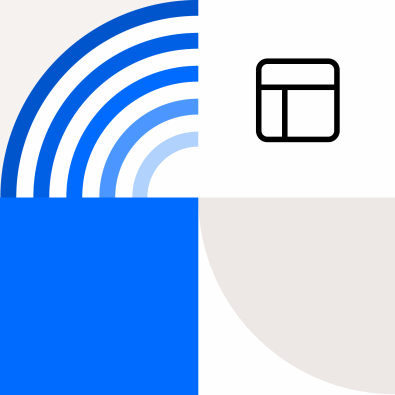If "a picture is worth a thousand words" then consider the premium value of WebP format images.
WebP, short for “Web Picture,” is an image format developed by Google in 2010, which offers improved compression over other formats like PNG and JPEG. For example, a WebP file size is 25%-34% smaller compared to a JPEG file size at an equivalent SSIM index.
If this is a format from 2010, why are we talking about it today? The WebP resurgence is due to Google’s continued focus on Core Web Vitals (CWV) and user experience (UX). This is especially impactful for ecommerce websites where images drive conversions. Even though browsers have been offering this type of image support for years, many CMS platforms do not. Also, audiences had a hard time opening the files after downloading them. Because of these challenges, WebP did not gain significant popularity upon release.
Impact on web performance and graphic design
Using WebP format, images can be stored in a smaller size while still maintaining quality—an invaluable asset when optimizing page loading times. Due to their smaller size, they require less data to be transferred when someone visits your website or views one of your paid ads online. This translates into reduced bandwidth overtime. Because of this, visitors are more likely to stick around your site, view more pages, and possibly convert.
For modern website designers, using this format allows for increased design flexibility. WebP files work with animations and transparent images, including ICC profiles, XMP and Exif metadata, making it a more natural choice. This is especially interesting because current design is trending towards minimalistic, but high impact imagery, more accentuated colors and gradient, and an increased use of animations and integrations with augmented and virtual reality technologies.
WebP pros and cons
Pros:
- Smaller file sizes and lossless jpegs
- Supports both transparent PNGs & GIF animations
- Plugins and converters are relatively easy to find
- All modern, UTD browsers now support them
Cons:
- Not guaranteed to be the smallest size
- Platforms are not configured OOTB to support upload
- May increase design and image management time
- Hard to regulate post-launch (akin to alt-descriptions)
The bottom line
Like any digital asset, the pros and cons lie in how these images are going to be used. Work with your digital partner to discern whether it would be valuable to invest in WebP images. The long-term value is clear, but it does require an additional investment in file management and CMS/DXP setup.
If you’re curious how WebP images may impact your overall digital marketing, brand design and web performance, please reach out to our pros.


